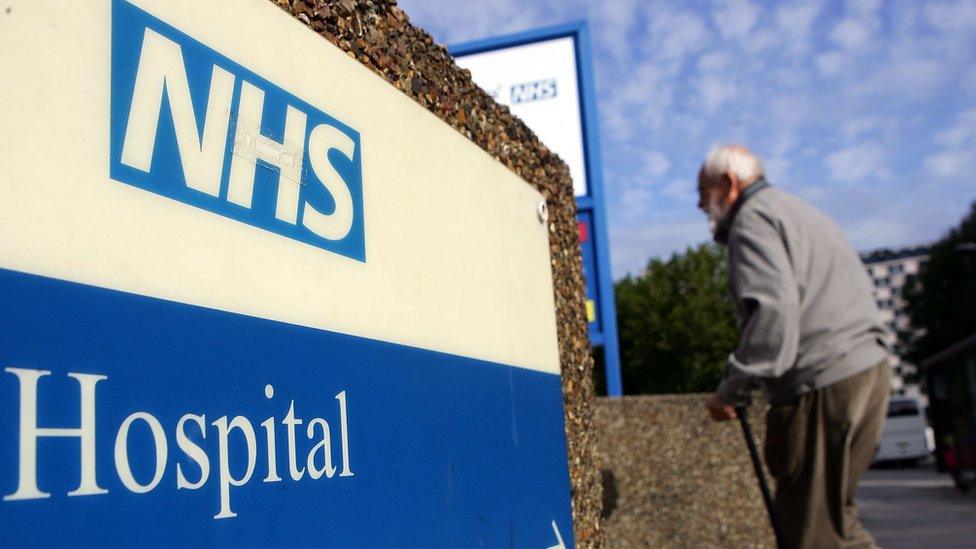Is NHS buildings boost all it seems?
- Published
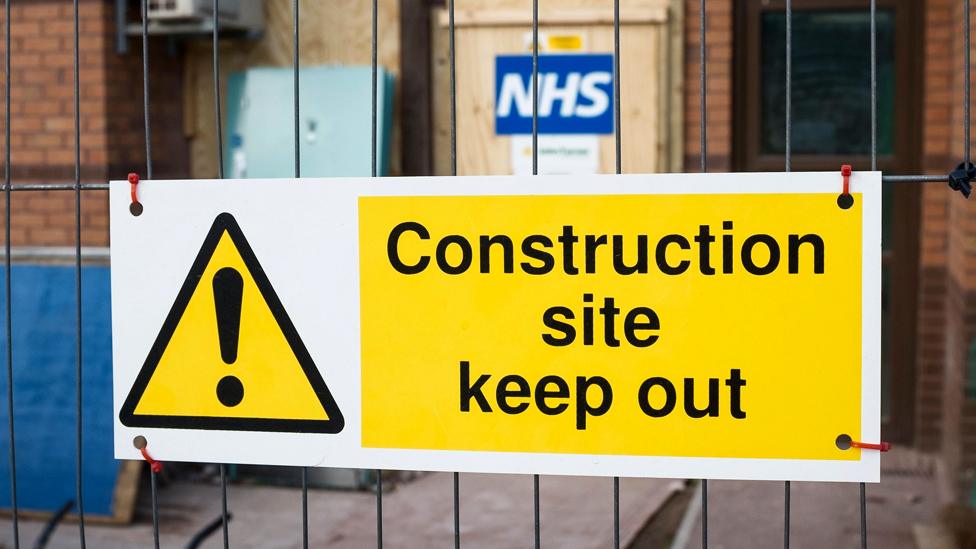
It was clear as soon as Boris Johnson became prime minister that he wanted to do something to boost spending on NHS buildings.
In his very first speech he made reference to 20 new hospital upgrades in England.
We have not had to wait long. News of which hospitals are to receive extra funding was released on Monday.
It was part of a £1.8bn package to boost what is called NHS capital spending.
This covers everything from buildings maintenance to new hospitals and IT projects.
It is different to what the government talks about when it says the NHS is getting an extra £20bn a year by 2023. That relates to day-to-day running costs and has been the focus of much interest in recent years.
Less talked about has been capital spending - until this week.
Capital spending represents a much smaller proportion of the overall health pot - less than 5%.
But it is important. If scanners do not work or wards have to be closed because of leaky roofs, it can have just as much impact as not having enough staff on rotas.
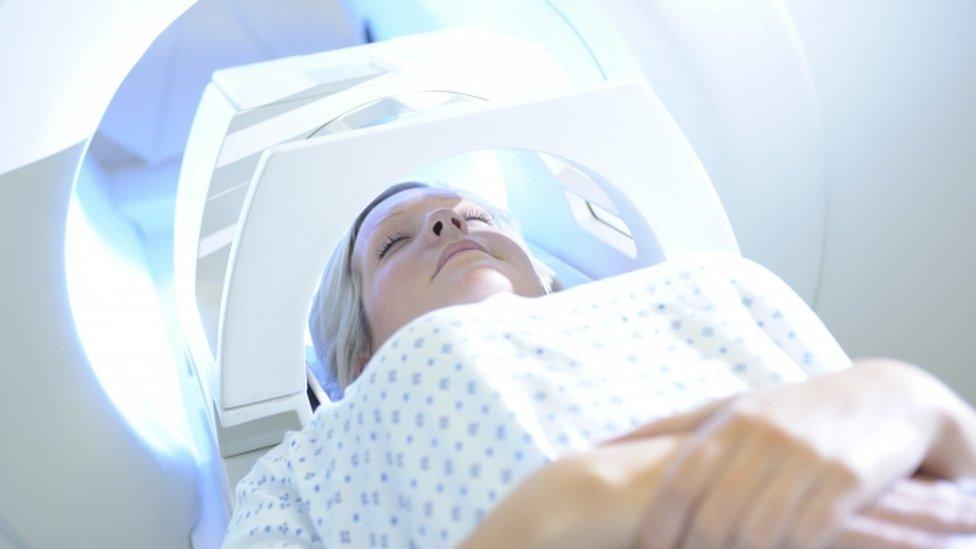
How the £1.8bn breaks down
The £1.8bn covers two different elements. Some £850m has been set aside for the 20 projects to which Mr Johnson made reference last month.
These were projects that had been put forward by NHS trusts over the past year or so and have now been given the green light. They are not initiatives driven by the new prime minister - it just happens he has come into post when they need signing off.
The fact he has agreed them is, of course, good news for those parts of the NHS, as there had been some rumblings the Treasury had been dragging its feet on these projects for a little while. But it would be a bit of a stretch to call this extra money for the NHS, because the capital budgets beyond next year have yet to be set.
The rest of the £1.8bn is for spending this year - and may or perhaps may not be extra depending on how you interpret it.
The government has always promised it would be increasing capital funding in 2019-20.
Last year's Budget said spending would rise from £5.9bn in 2018-19 to £6.7bn in the new financial year.
But that was subsequently reduced. By the time Boris Johnson became prime minister, the plan was to spend £5.9bn again.
After Monday's announcement that now increases to £7bn.
So is the money new?
Well, certainly £300m of it is - and if you are being generous you could argue £1bn of it is from the situation when Mr Johnson took office.
But even if we accept that it is all new money, it is not a given that it will all end up improving the infrastructure of the health service.
Over the last five years, around £5bn less has been spent on capital than had been planned for. This is because significant sums - about one-sixth of the capital budget - have been transferred into the day-to-day running pot to help balance the books.
The truth is it will only be at the end of the financial year that we will be able to see whether this promised money has gone where it should - and even if it does, it could be argued it is just reversing the cuts seen in the last few years.
- Published4 August 2019

- Published6 January 2019
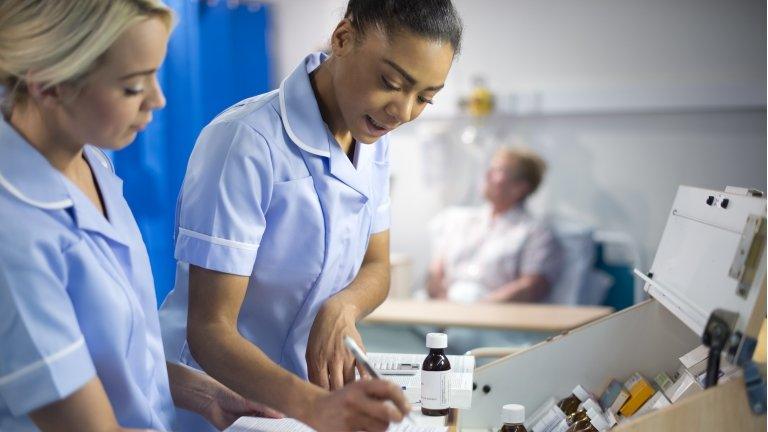
- Published8 February 2017
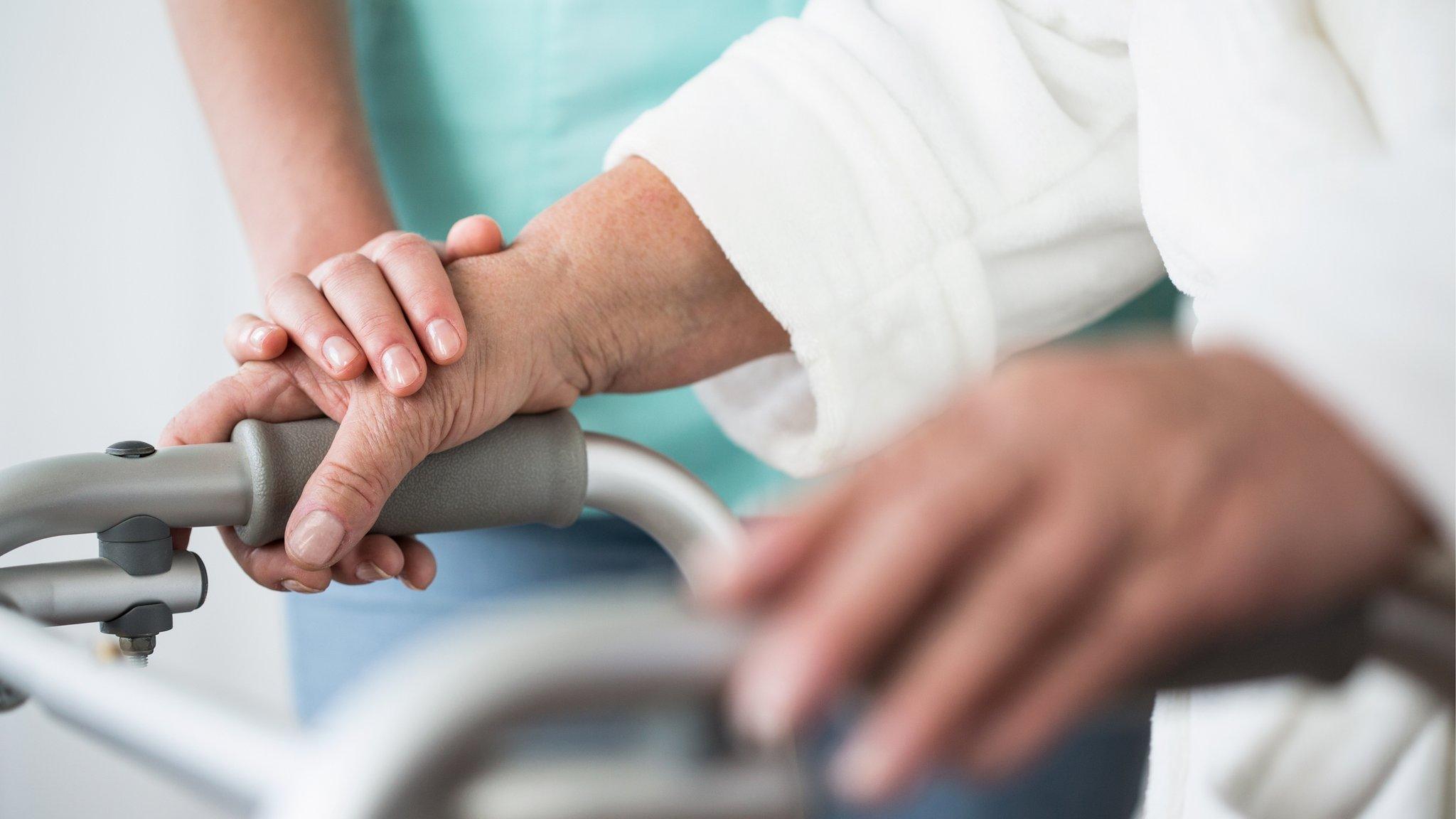
- Published8 February 2017

- Published6 January 2017
